Do you ever make a recipe that calls for parsley but you don’t have any on hand? No worries and no need to run to the grocery store.
I’ve got you covered with suggestions for 13 parsley substitutes of fresh herbs and greens, along with lots of information about parsley, and recipes too.
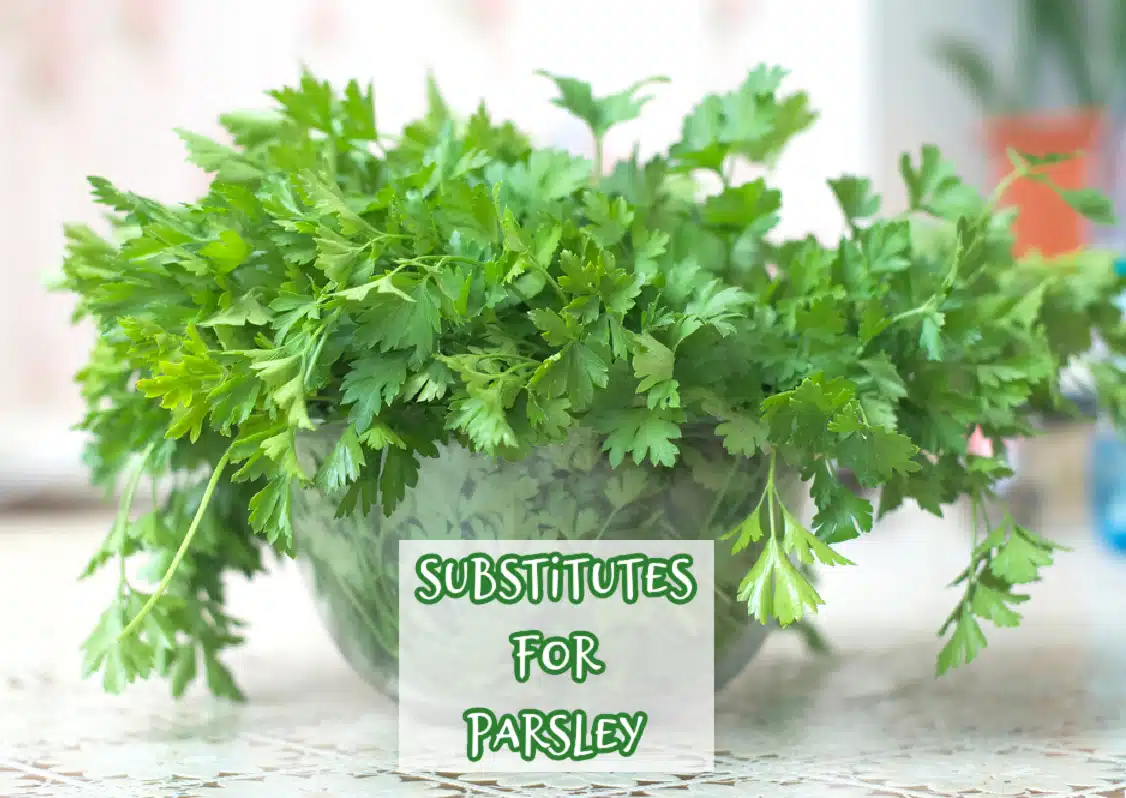
Assorted fresh herbs and greens can easily be used in place of parsley.
Each will lend a similar fresh herbaceous flavor to your recipes.
Jump to:
What is parsley?
Whether it's for garnishing or flavor, explore 13 fantastic parsley substitutes that will keep your dishes looking and tasting amazing!
Parsley is a versatile herb that is used in many recipes to add a fresh flavor and vibrant bright green color.
Parsley adds a depth of flavor to foods both as a garnish and as a seasoning.
Parsley is said to have originated in the Mediterranean, specifically in Greece, and now is a popular herb used in many cuisines.
What does parsley taste like?
Parsley has a mild, clean and herbaceous flavor with a slightly peppery taste. The flavor can also be described as fresh, green, earthy and grassy.
What are the varieties of parsley?
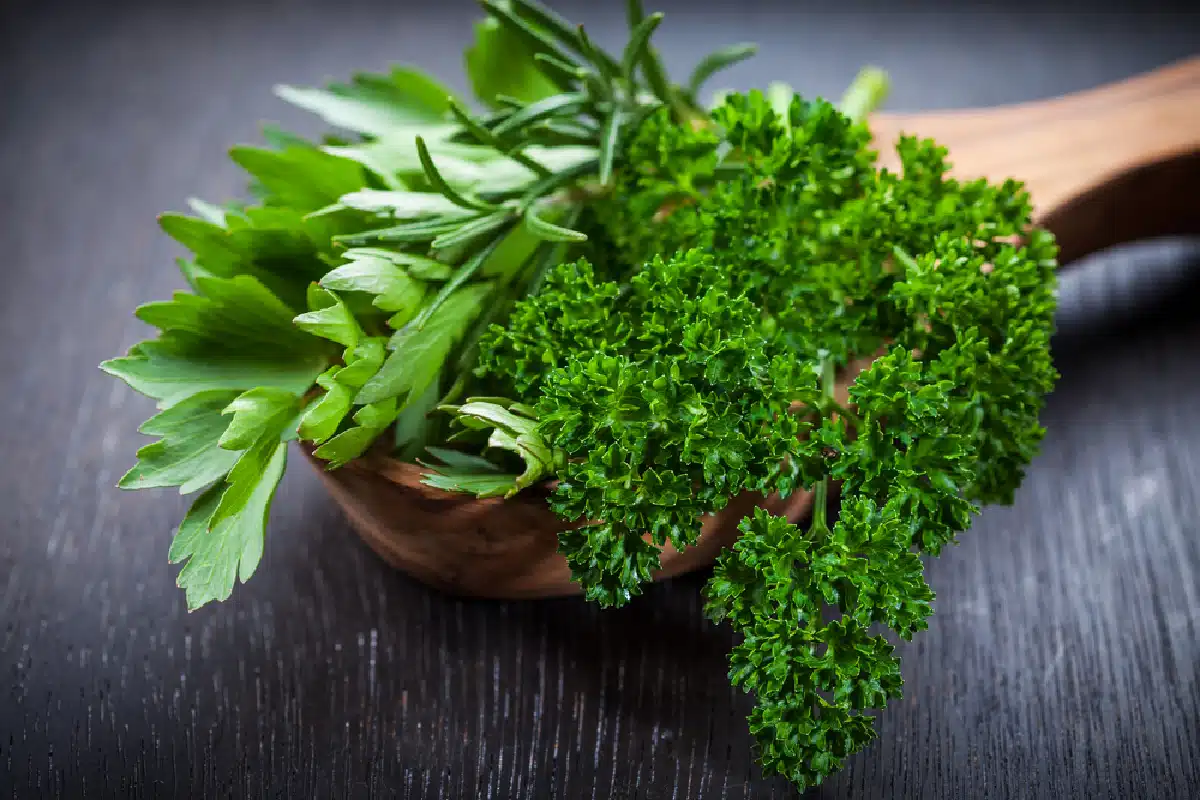
There are two main types of parsley.
- Flat leaf parsley – Flat-leaf parsley has, as described in its name, flat leaves. The flat-leaf variety has a more robust flavor than curly leaf parsley. It is also easier to clean.
- Curly parsley – Curly-leaf parsley has frilly leaves that are darker than flat leaf parsley. It also has a milder flavor than flat parsley.
Both types of parsley can be used interchangeably as the differences between both varieties are rather subtle.
How do you clean parsley?
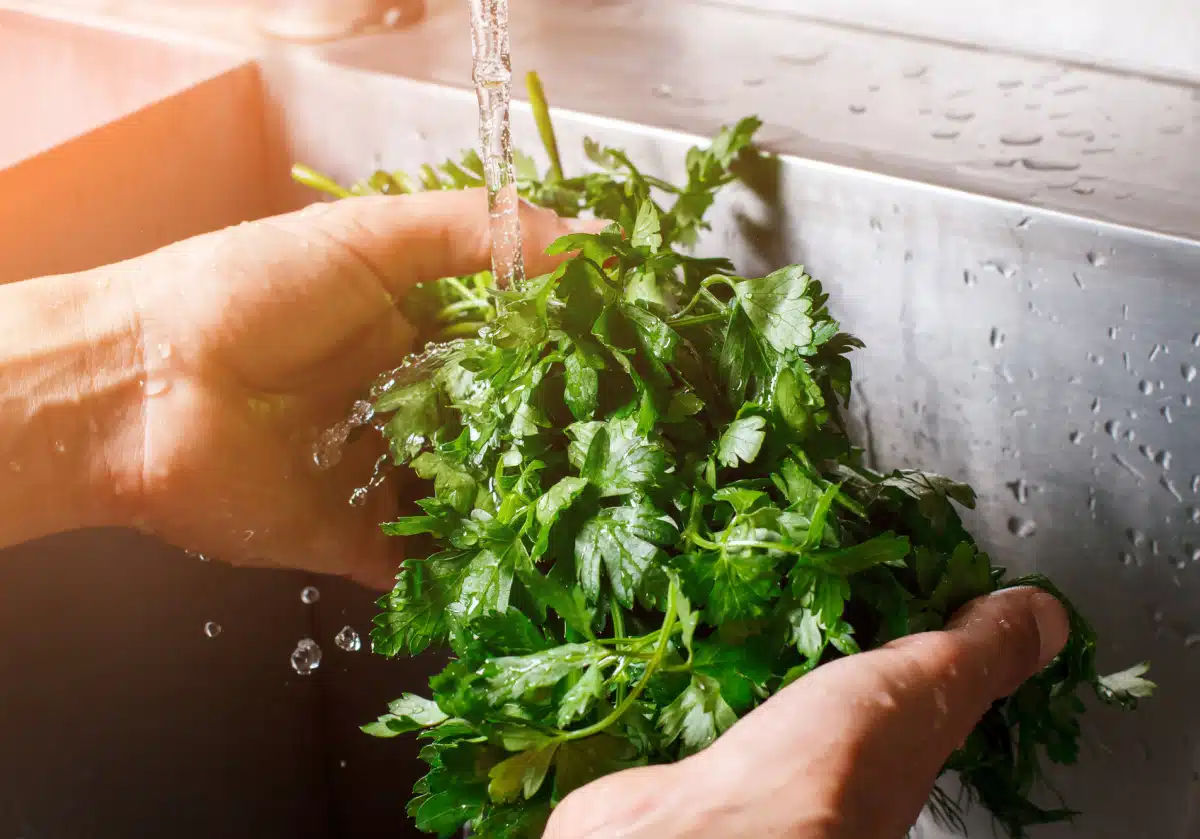
To clean parsley, simply wash it under cold water to remove any dirt that may be on its leaves or stems.
You can also fill a bowl with cold water and swish the parsley stems around in the water. Any dirt will sink to the bottom of the bowl.
Then dab the parsley with paper towels to dry completely.
How to chop parsley
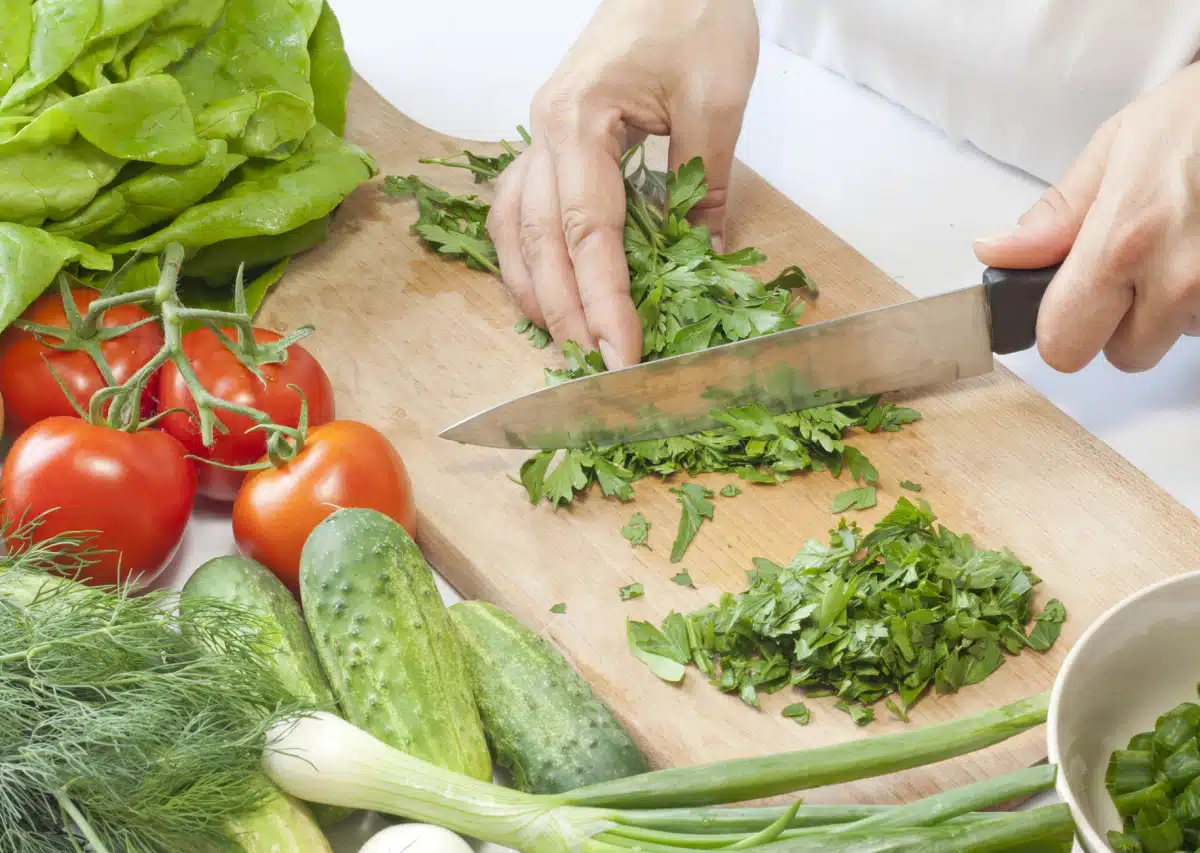
The most common way to chop parsley is to remove the leaves from the stems and chop the leaves into small pieces.
The stems can either be discarded or saved for later use, such as to flavor stocks and soups.
You can also chop the leaves along with the stems if you prefer.
The best knife for mincing parsley is a chef knife.
How do you store parsley?
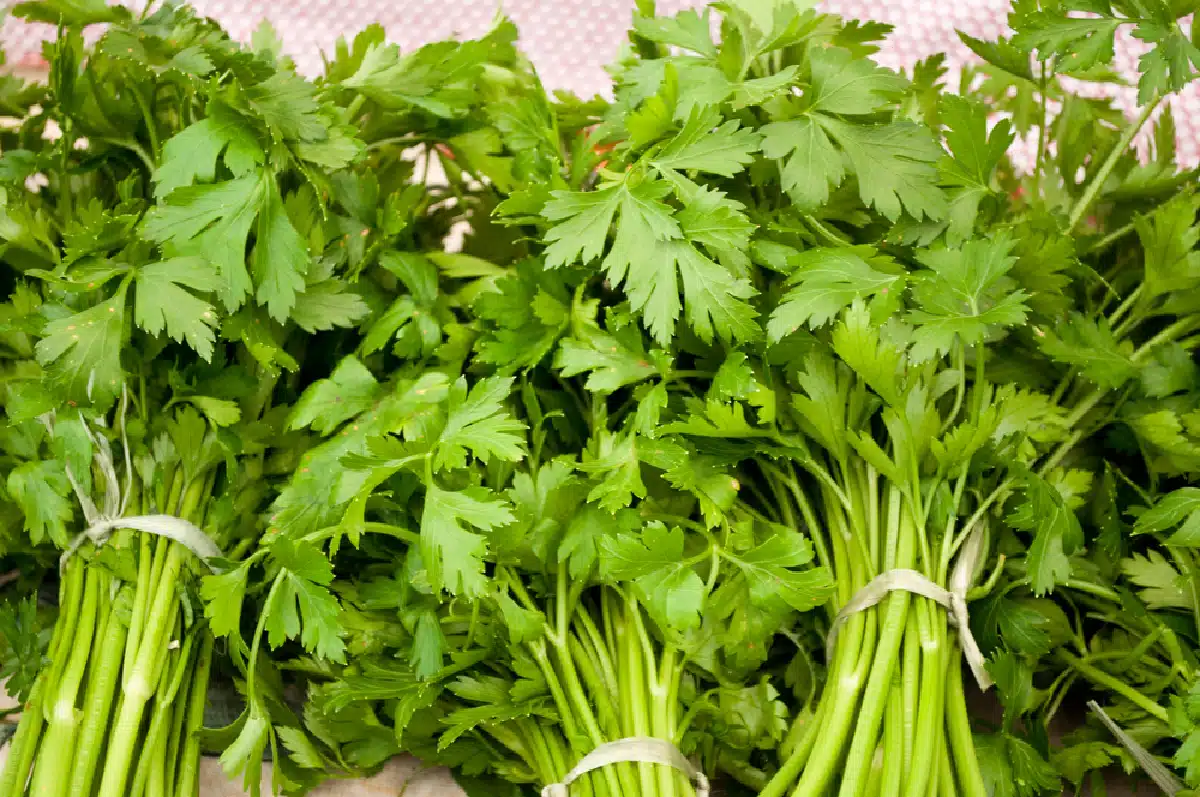
To store a bunch of parsley after cleaning, wrap the bunch of parsley in damp paper towels and store it in a plastic food storage bag in the refrigerator. The herb will stay fresh for about one week when stored in the refrigerator like this.
You can also trim the stems of a bunch of parsley and store it standing up in a jar or cup with some water in the bottom. Feel free to cover the parsley with a plastic bag when using this method of storage.
If you have already chopped your parsley and want to store it, put the chopped parsley in an airtight container, place a damp paper towel on top of the chopped parsley and seal the container. Chopped parsley will stay fresh for 2-3 days when refrigerated.
What can parsley be used for?
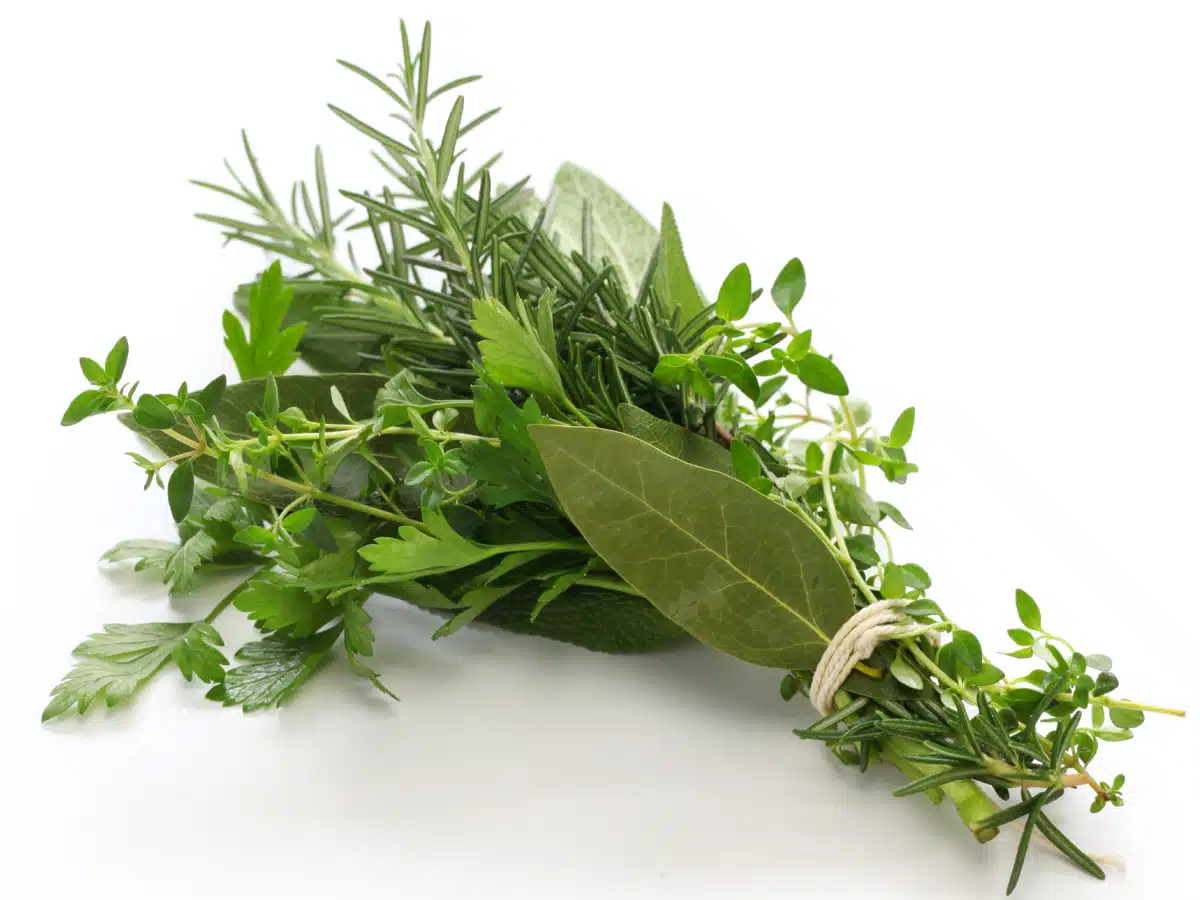
Parsley is commonly used as a garnish or seasoning in soups, stews, sauces, salads, salad dressings, vegetables and grains.
Chopped parsley can be stirred in and cooked in a recipe or sprinkled on top after cooking as a garnish.
It can also be stirred into dressings.
Parsley sprigs, a parsley bouquet or a fresh herb bouquet including parsley can be used to garnish a plate or platter.
Health benefits of parsley
Parsley is a flavorful herb that also has health benefits such as:
- rich in vitamins A, C and K
- provides antioxidants
- contains folate, iron, magnesium and potassium
- supports the gastric system
- helps with diabetes
Recipes With Parsley
- Lemon Parsley Potatoes
- Chimichurri Sauce
- Tomato Relish
- Beef And Rice Skillet Dinner
- Tomato Cucumber Salad
Parsley Substitutes
There are a variety of substitutes for fresh parsley. Here are some of the best parsley substitutes that I suggest you consider. Each is a great replacement for this common herb.
You can also use these same suggestions as dried herbs for a dried parsley substitute.
Arugula
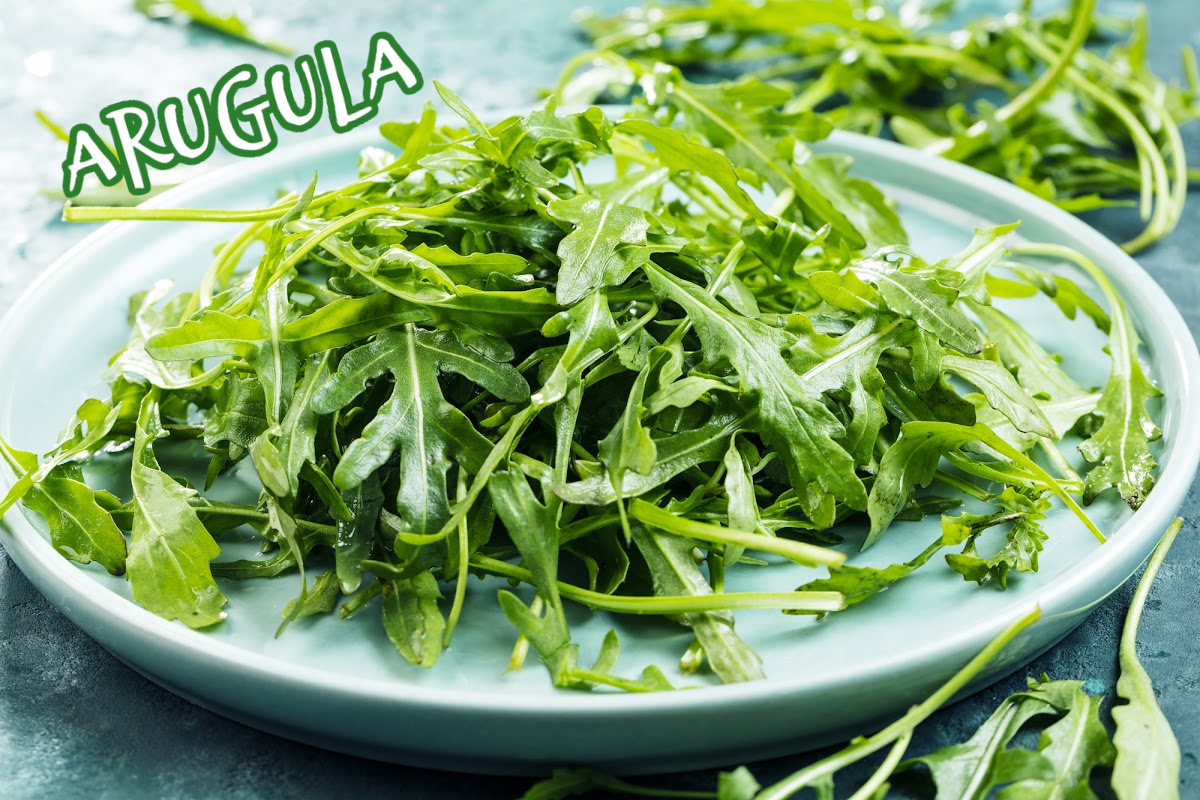
Arugula also has peppery notes like parsley making it a good replacement for the fresh herb. It will add a similar freshness and depth of flavor, with a hint of bitterness, to recipes, especially pasta, salads and sandwiches.
Basil
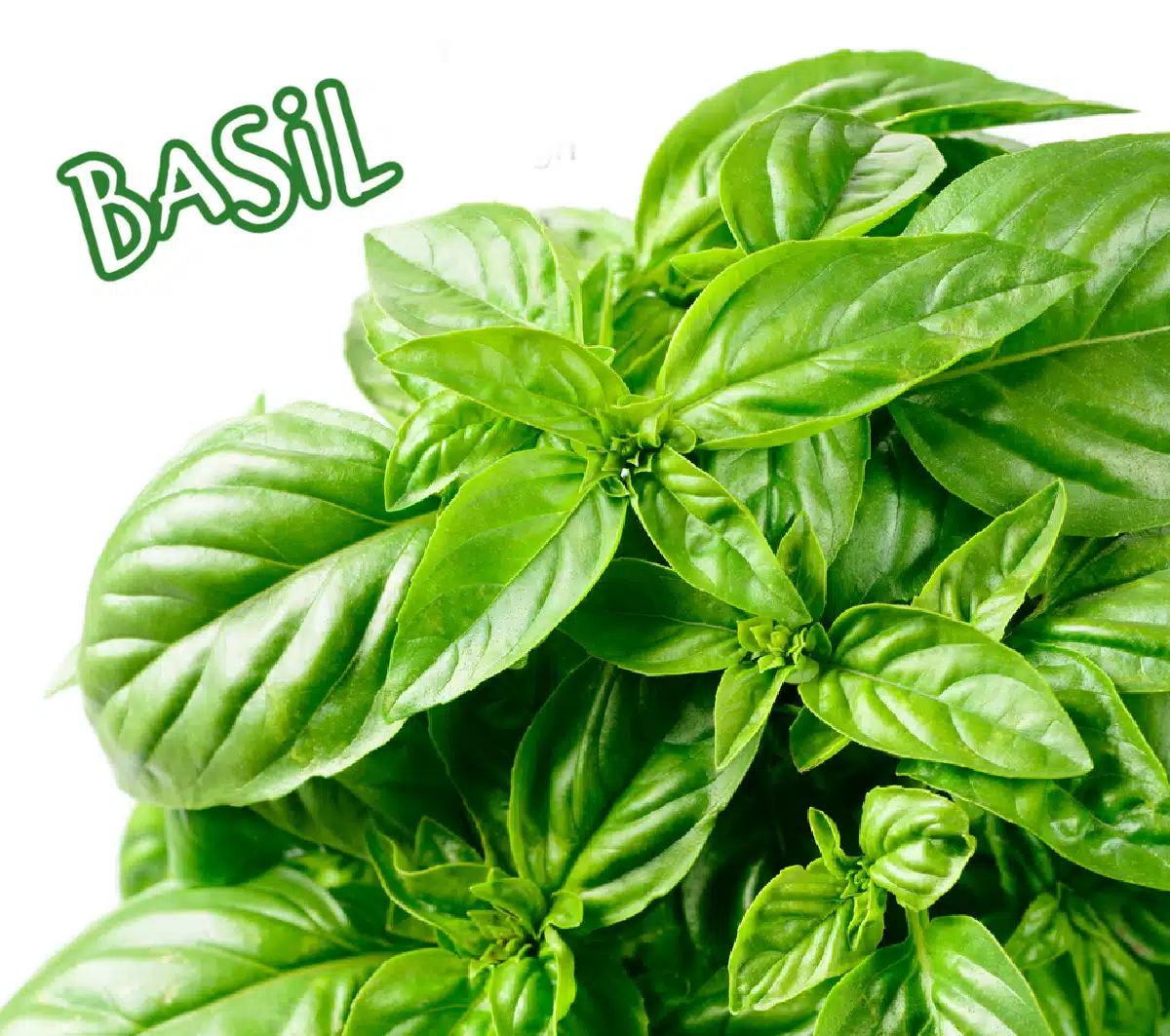
Fresh basil does have a different flavor than parsley but it is also fresh tasting with a slight peppery flavor. If using basil as a parsley substitute just be sure to use it sparingly so it does not overpower your recipe.
Carrot greens
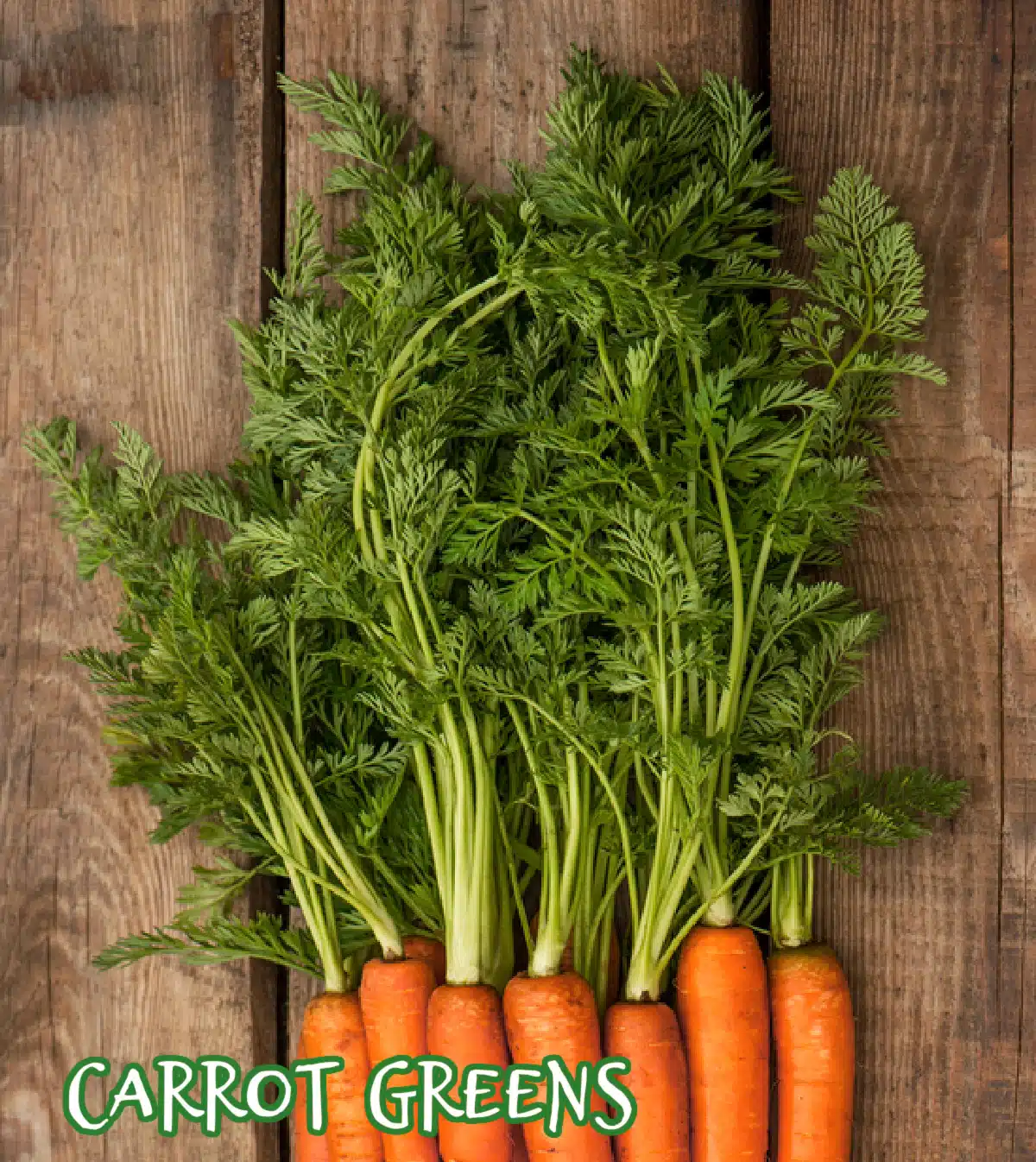
Carrot greens, or carrot tops as they are sometimes referred to, taste a lot like parsley making them a perfect substitute. These greens have an earthy flavor with sweet notes.
Celery leaves
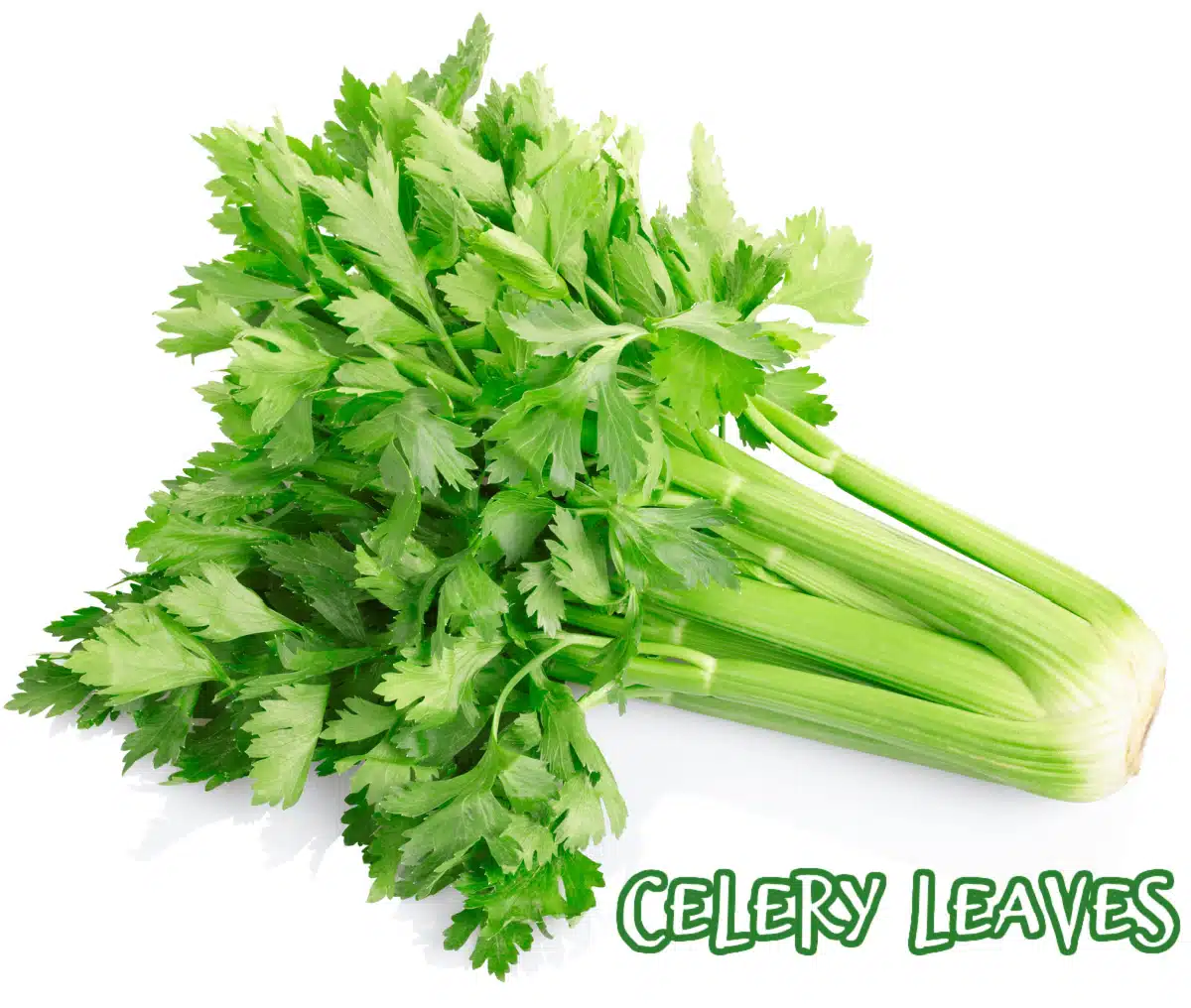
Celery leaves taste a lot like parsley. The light pale leaves have a delicate taste and texture while the darker leaves can be more bitter and grassy. Both make a great alternative for parsley.
Chervil
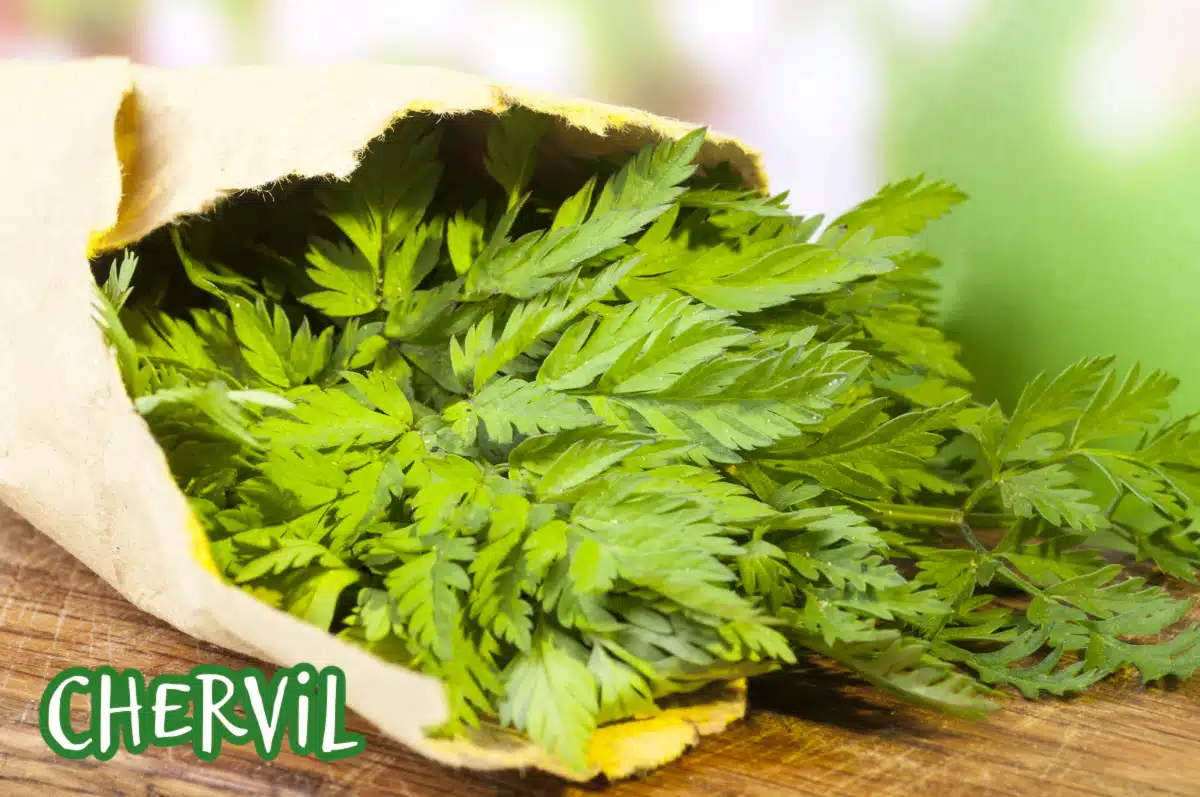
Fresh chervil, also known as French parsley, is actually related to parsley. It has a delicate flavor and will give your recipes a more subtle herbal flavor.
Chives
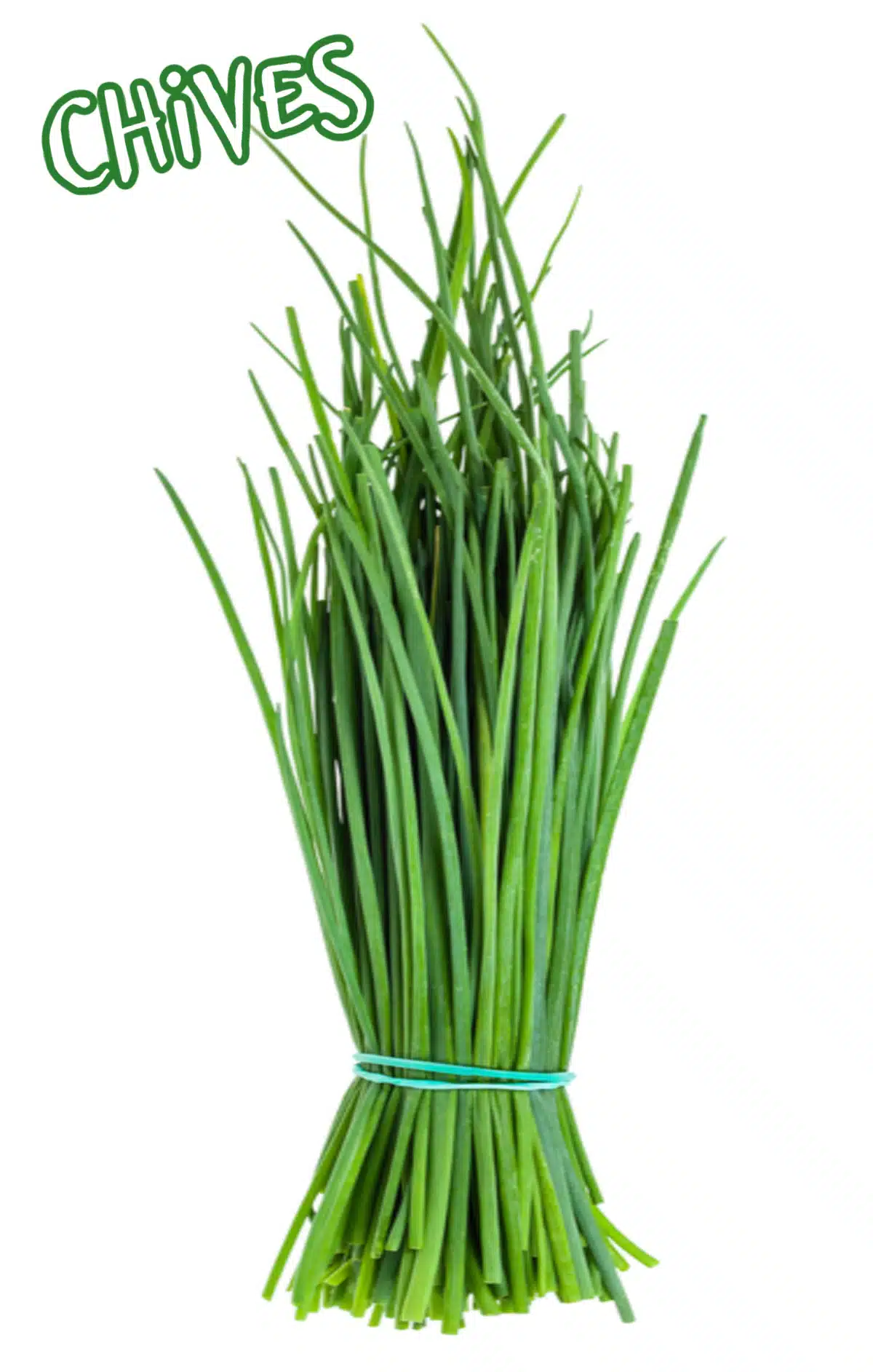
Fresh chives have a milder flavor than parsley but still make a delicious substitute. Chives has a delicate onion flavor. This subtle flavor makes it an acceptable substitute, particularly in salads, salad dressings and as a garnish.
Cilantro
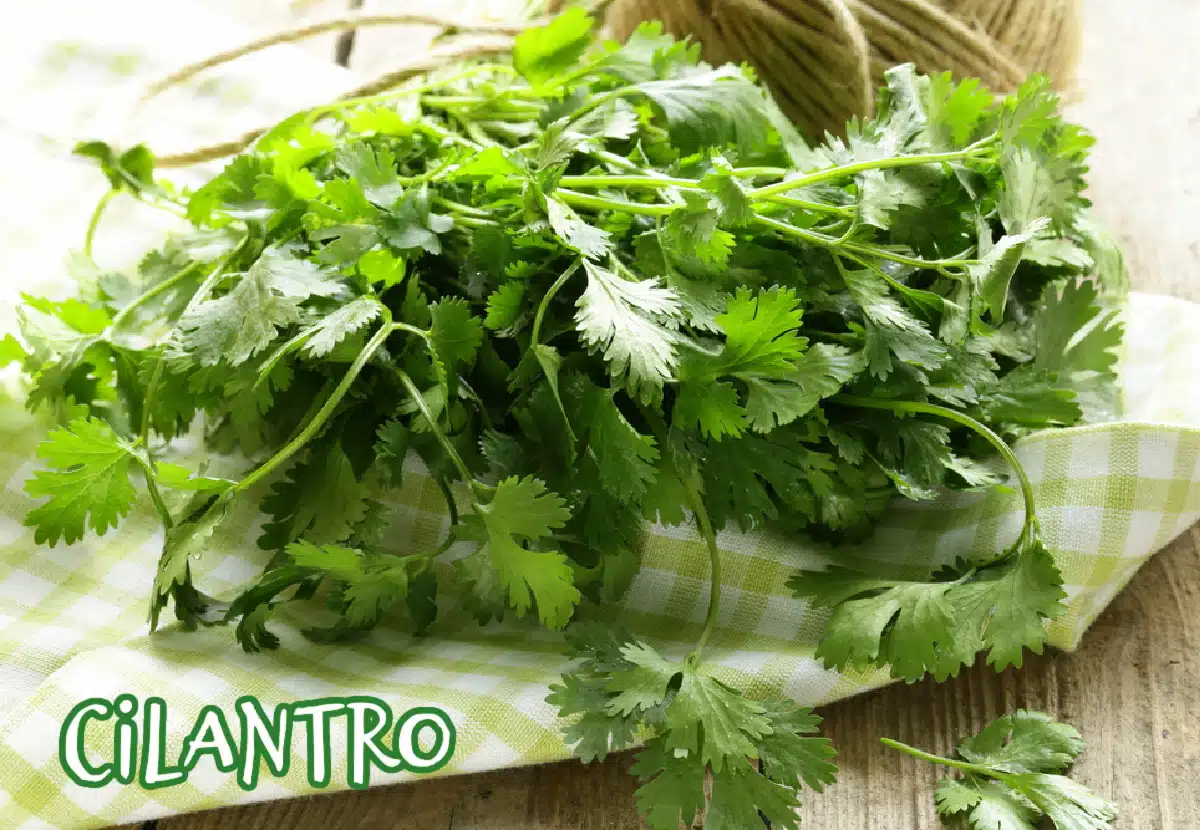
Cilantro has a fresh flavor profile with citrus notes. This herb is typically used in Caribbean, Latin American and Asian cuisines.
Dill
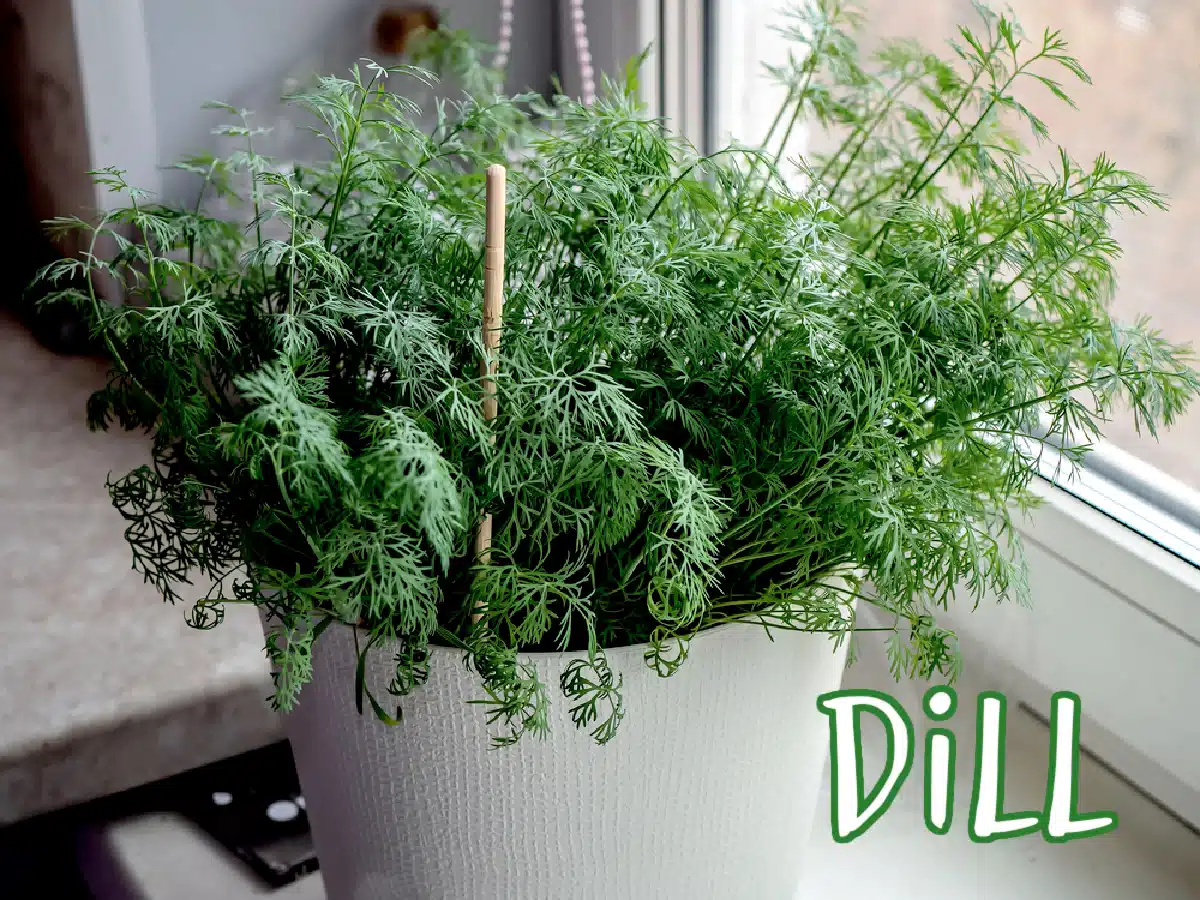
Dill has a bright and grassy flavor with notes of anise. Dill is especially good as a parsley substitute in fish, cucumber and potato recipes.
Endive
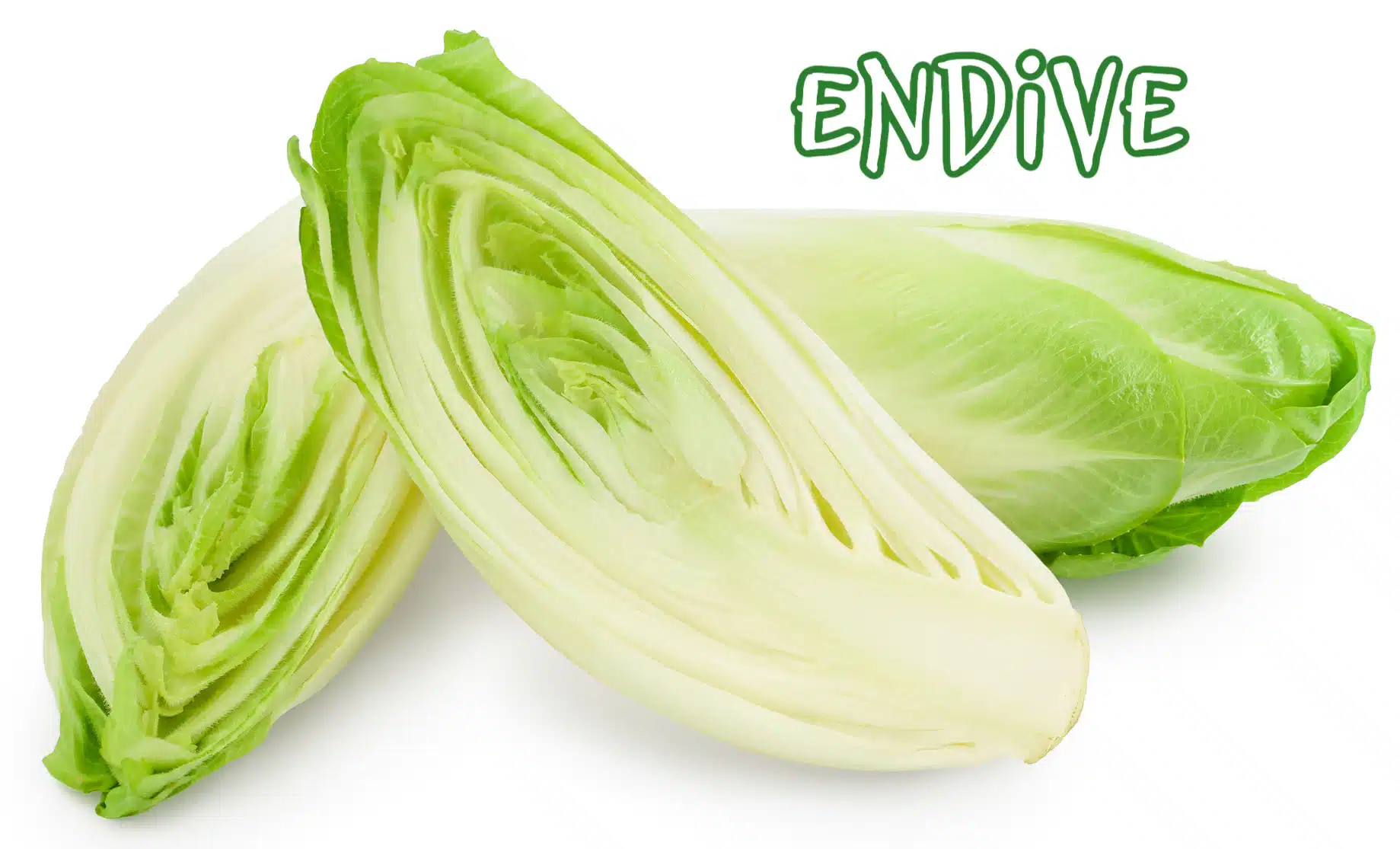
When chopped, endive makes an acceptable substitute for parsley. It does have bitter notes when eaten raw but the flavor becomes soft, buttery and mellow with nutty notes when cooked. Curly leaf endive looks especially similar to curly leaf parsley.
Mint
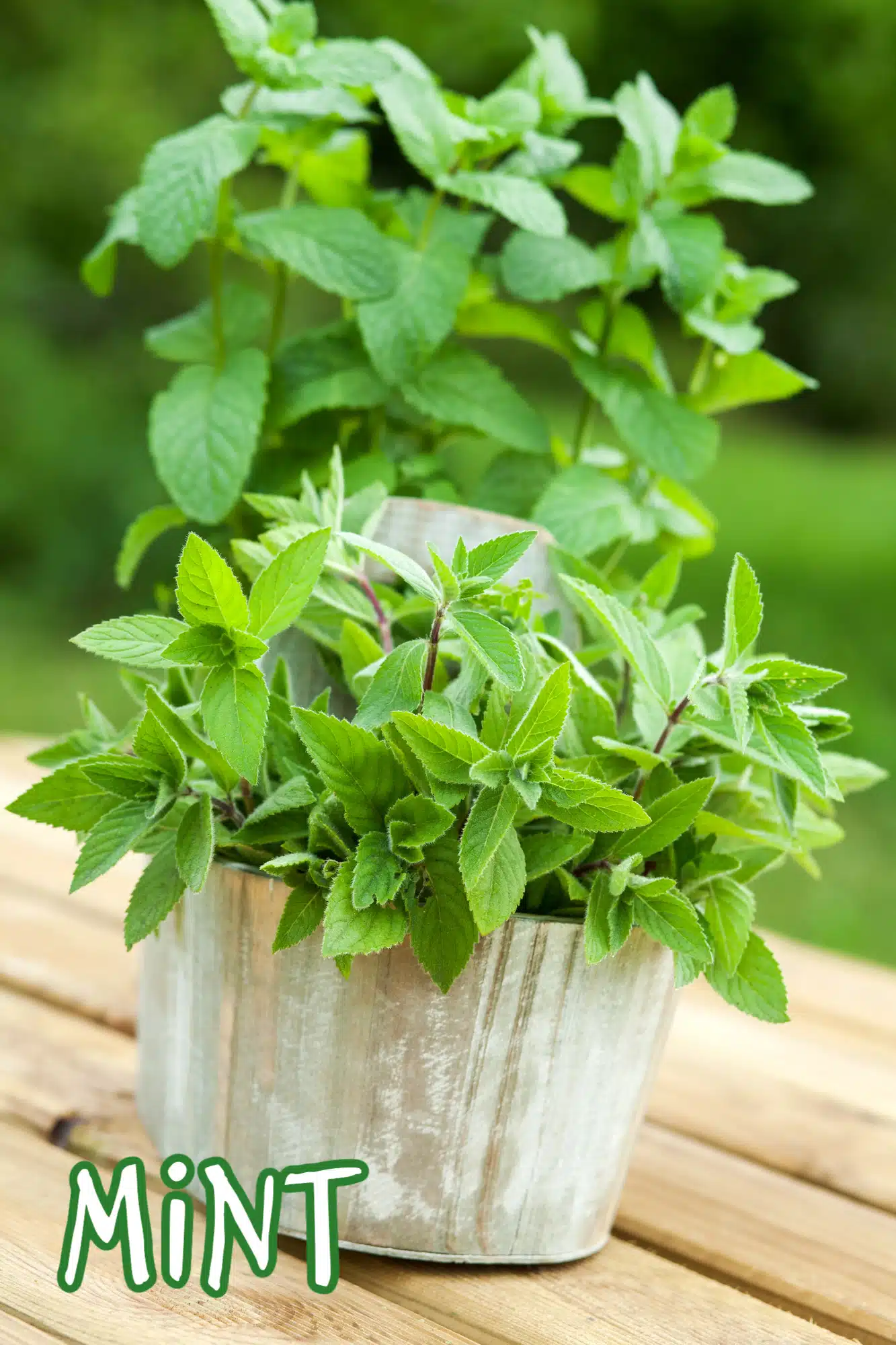
Fresh mint will add refreshing flavor when used in place of parsley. Its flavor is cooling, fruity, sweet and refreshing. Mint is especially delicious when used with vegetables, especially peas, lamb and citrus flavored recipes.
Oregano
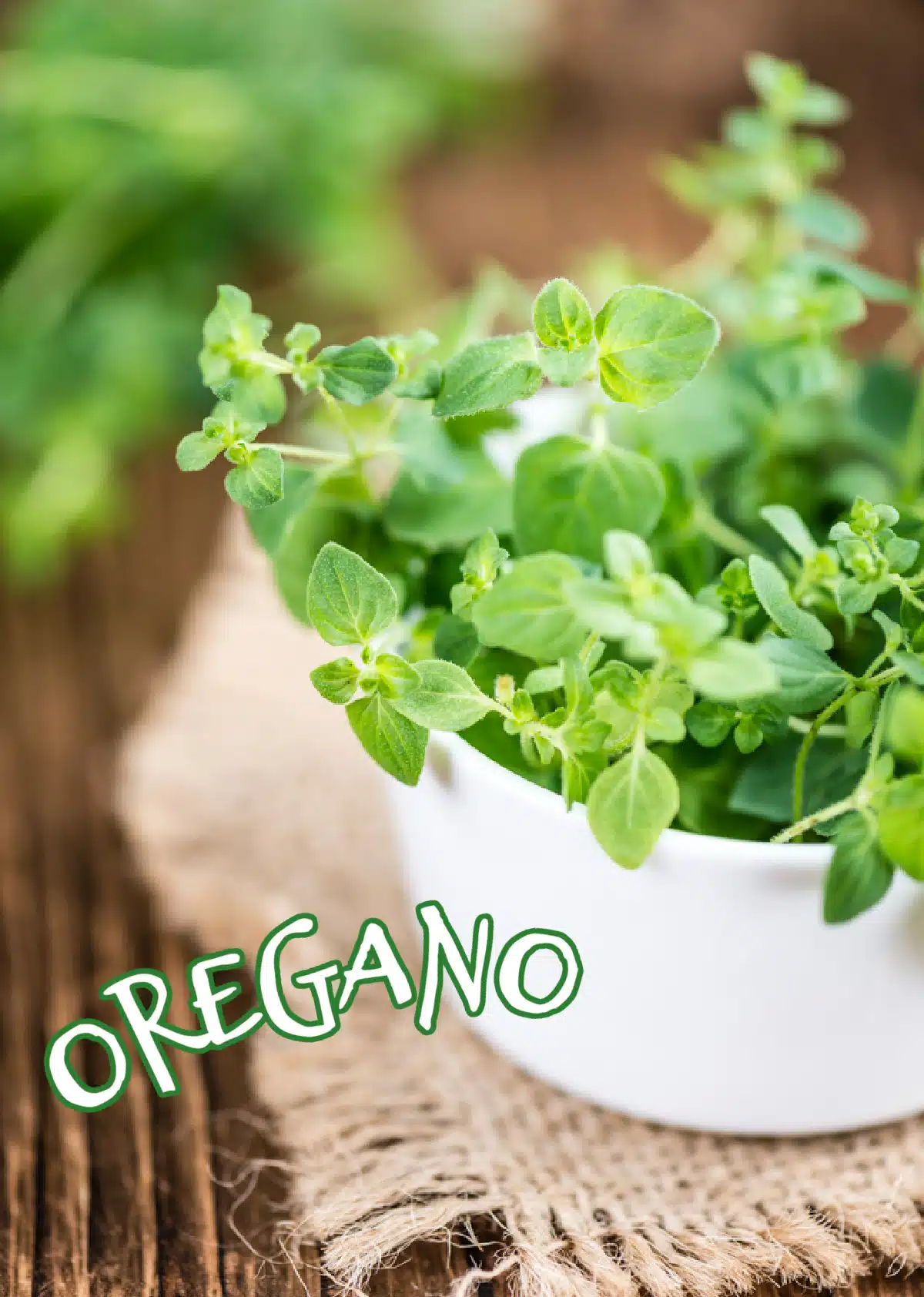
Fresh oregano has a spicy, pungent and slightly bitter flavor. Oregano is widely used in Mediterranean and Mexican cuisines and is especially delicious when paired with tomatoes, grilled meats and cheeses.
Tarragon
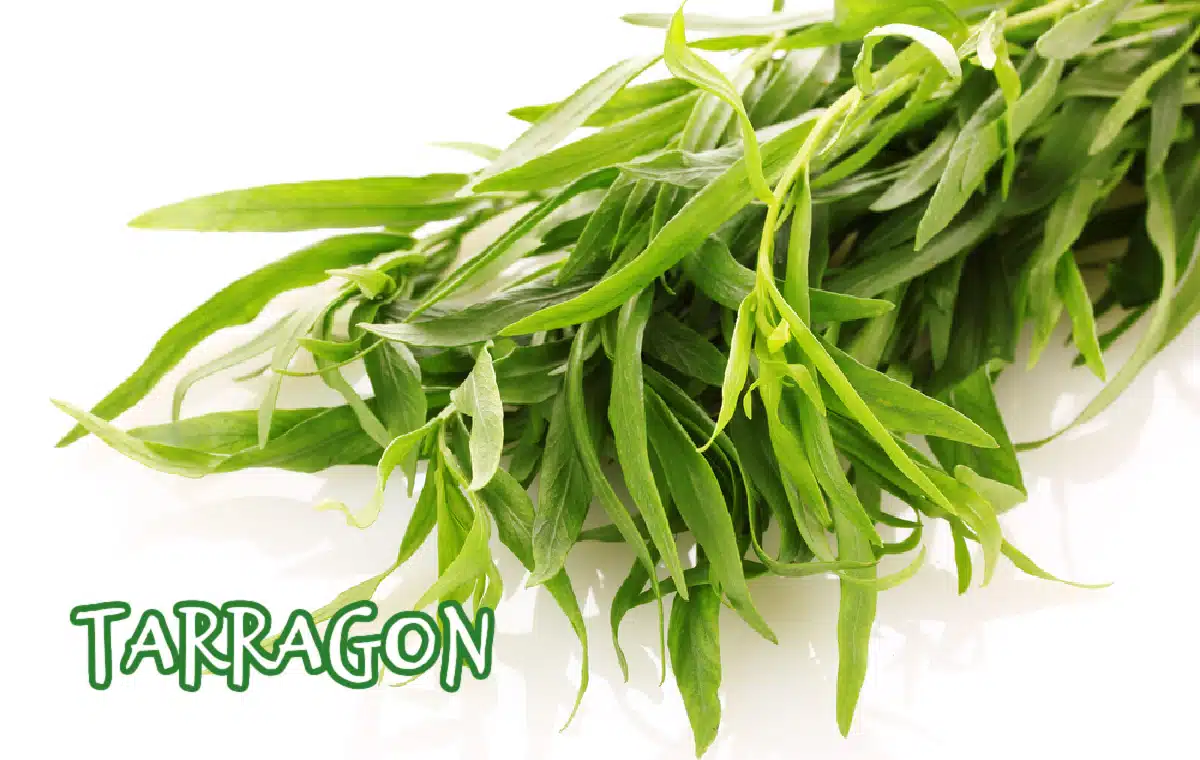
Tarragon should be used carefully when replacing parsley in a recipe. It has a bold flavor with licorice notes. It is especially delicious in marinades, sauces and chicken recipes.
Thyme
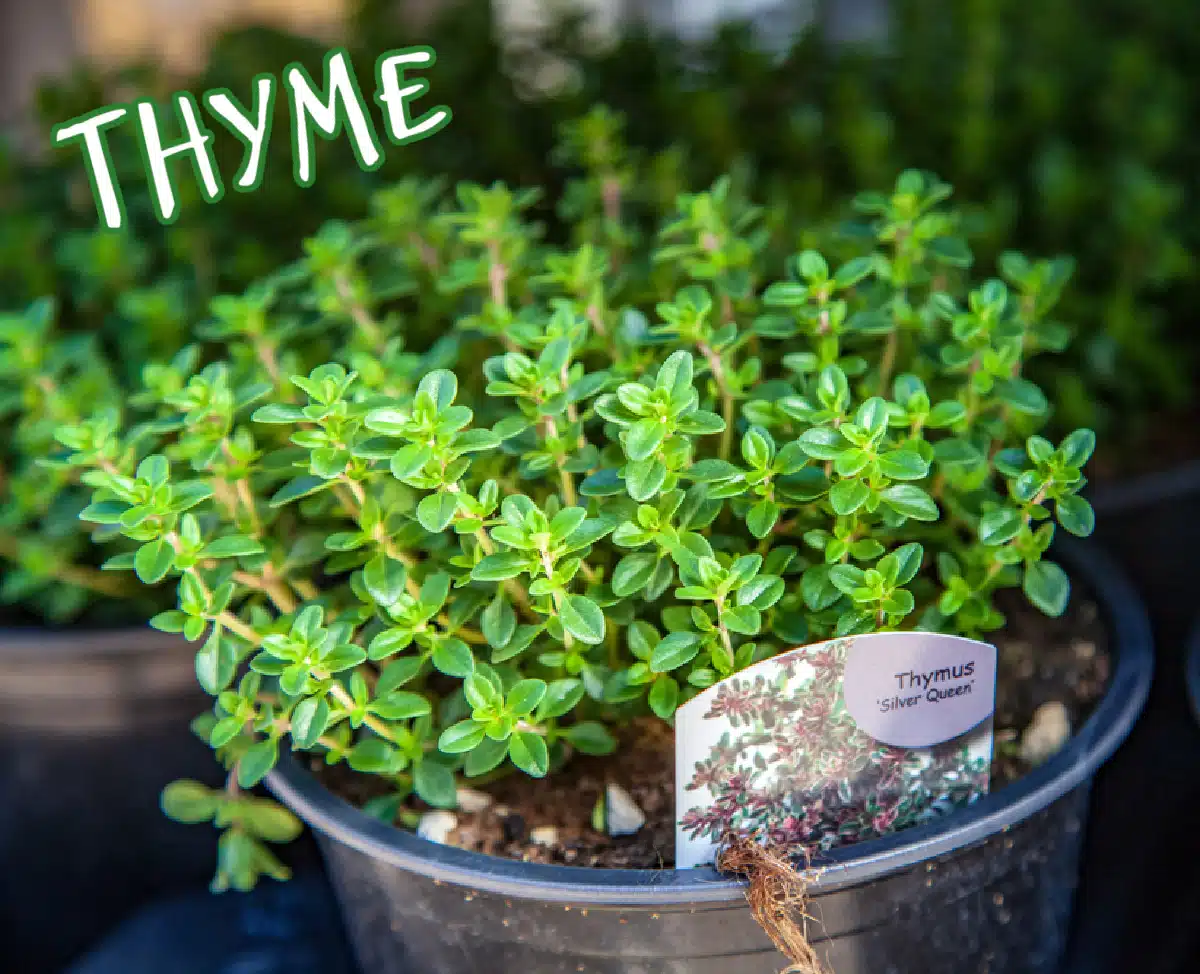
Thyme is another herb that has a strong and earthy taste. It can be used as a parsley substitute, however, please use it sparingly due to its robust flavor. Thyme tastes delicious when used in stews and roasted vegetables and meats.
Easy Food Substitutions
If you need more ideas for food substitutes, be sure to check these easy food substitutes out too:
- Cinnamon Substitutions
- Orzo Substitutes
- Substitutes for Green Onions
- Substitutes for Maple Syrup
- Turmeric Substitutions
In Conclusion
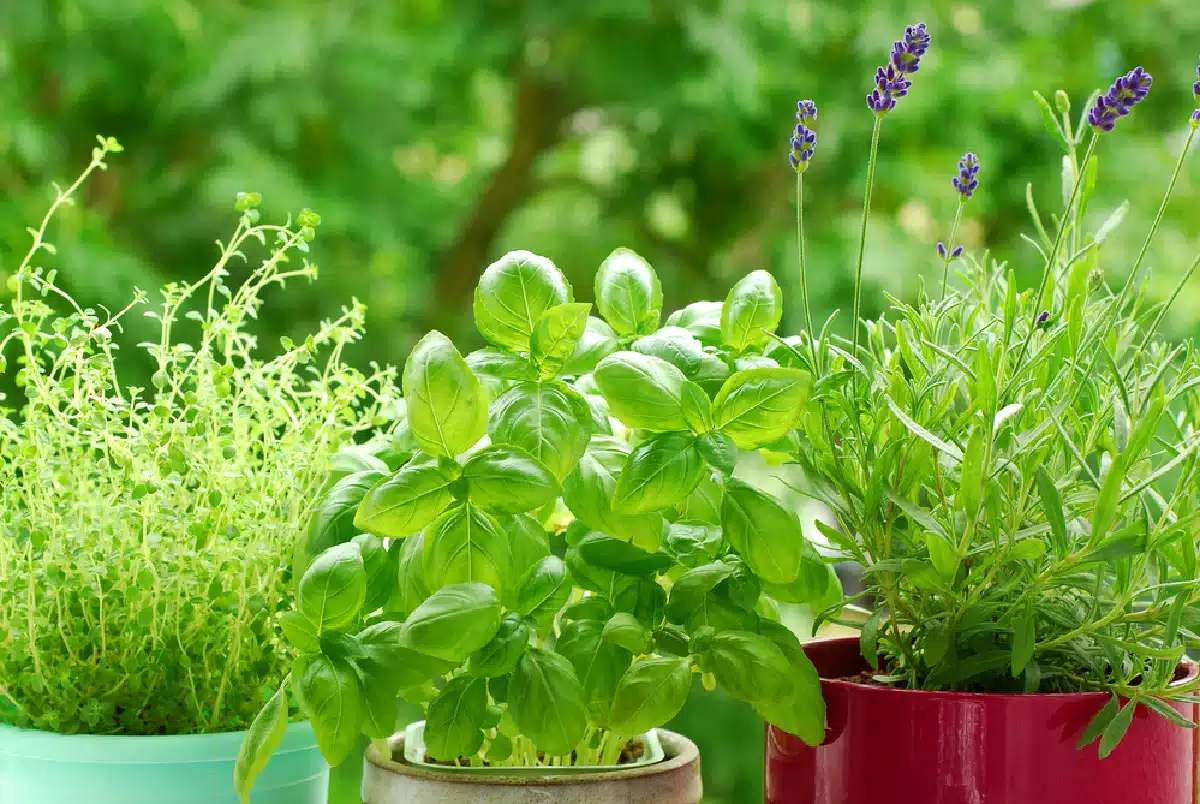
In conclusion, when using any of these recommended alternatives for parsley, be sure to adjust the amounts based on the flavors each substitute provides and the flavor profile of your recipe.
Each of these substitutes will add similar herbal notes, but keep in mind that each will also add its own unique flavor.
Some have a stronger flavor, a more bitter taste, or a milder taste than parsley.
Each alternative has its own distinct flavor profile so keep this in mind when making your choice for a parsley replacement.
Have fun experimenting with substitutions for parsley and you will quickly find a great substitute that will become your personal favorite!



Thanks for stopping by. Leave a tip or comment...